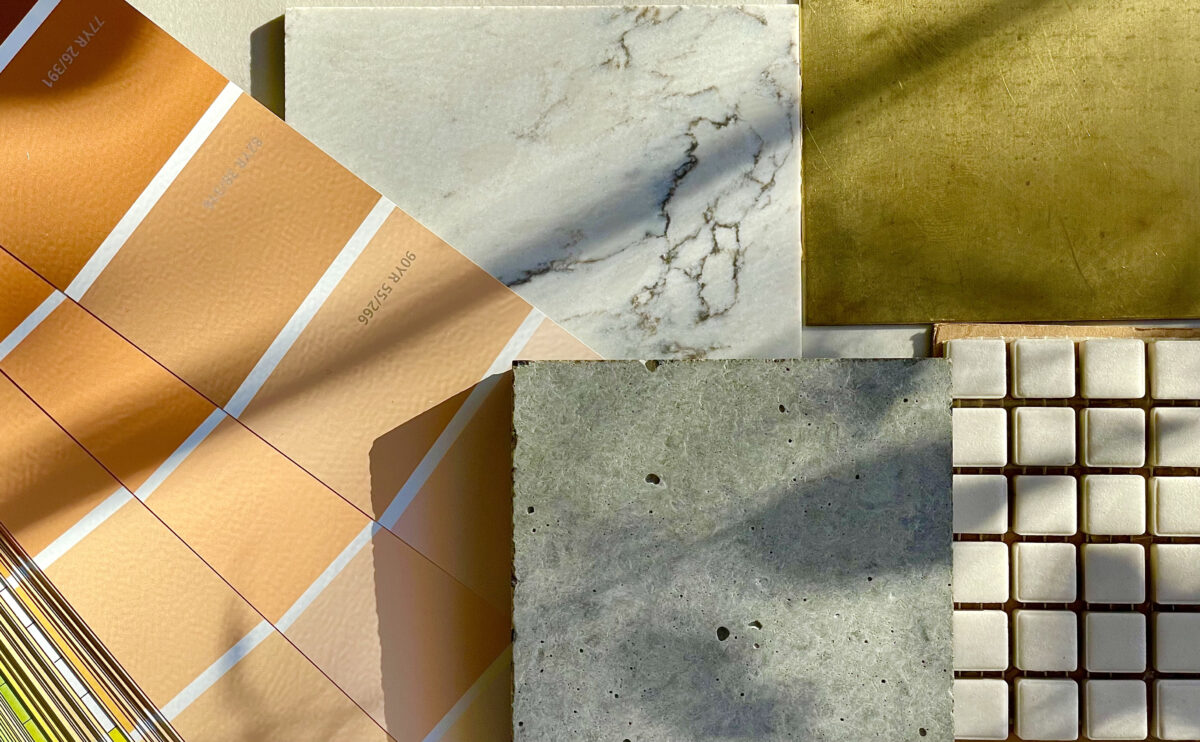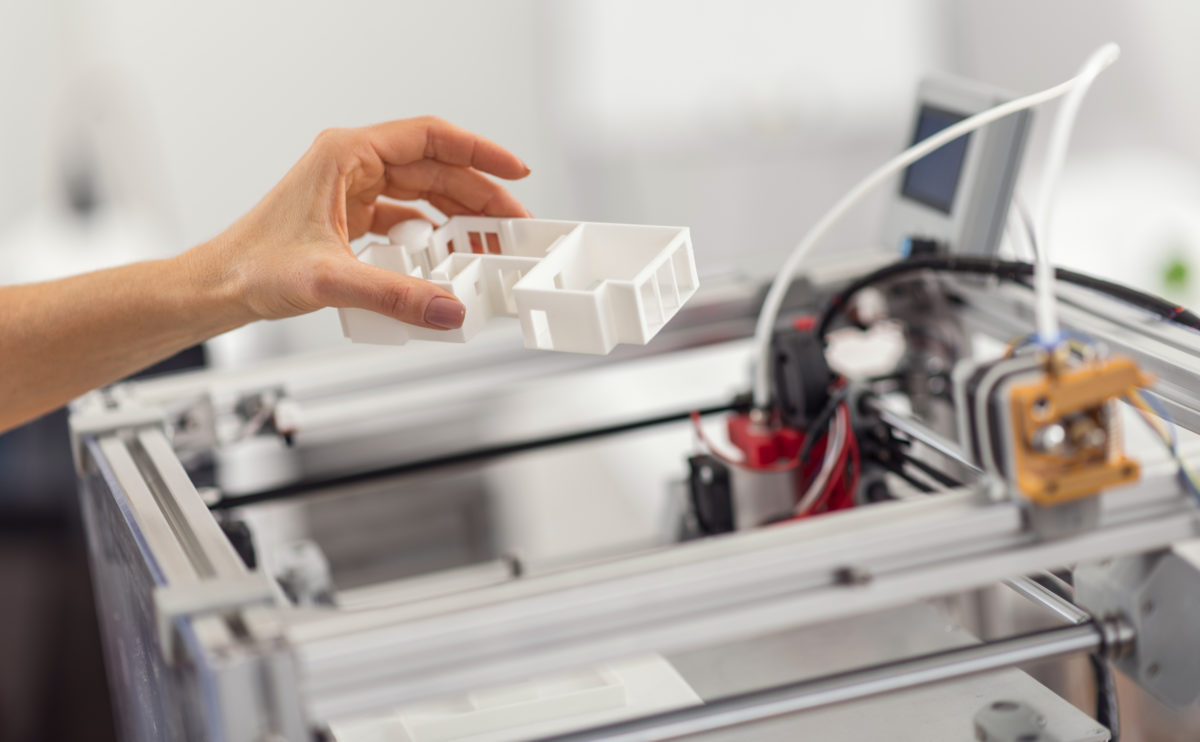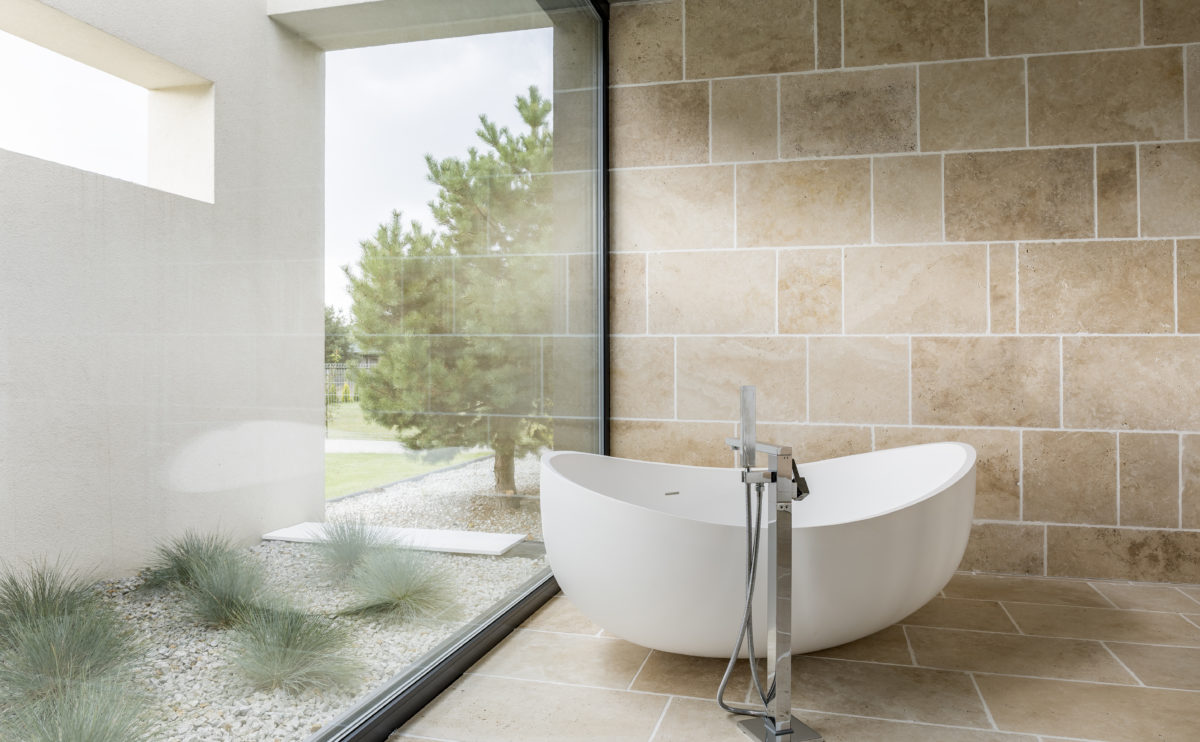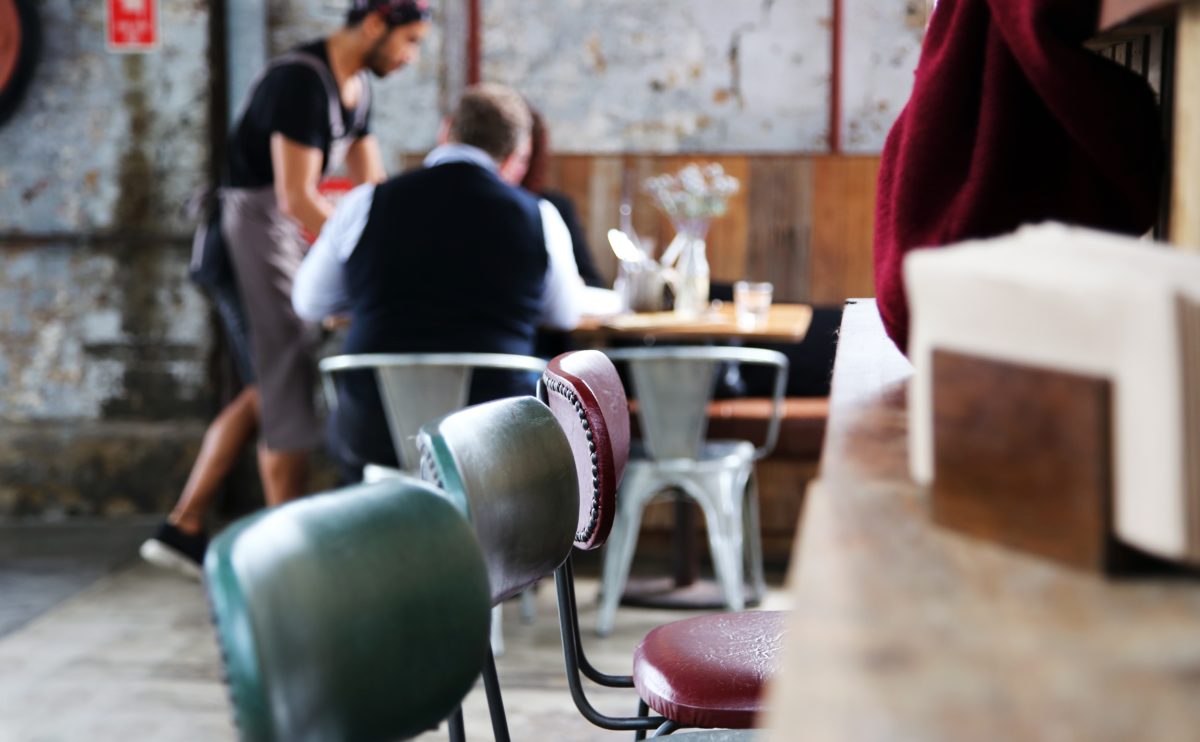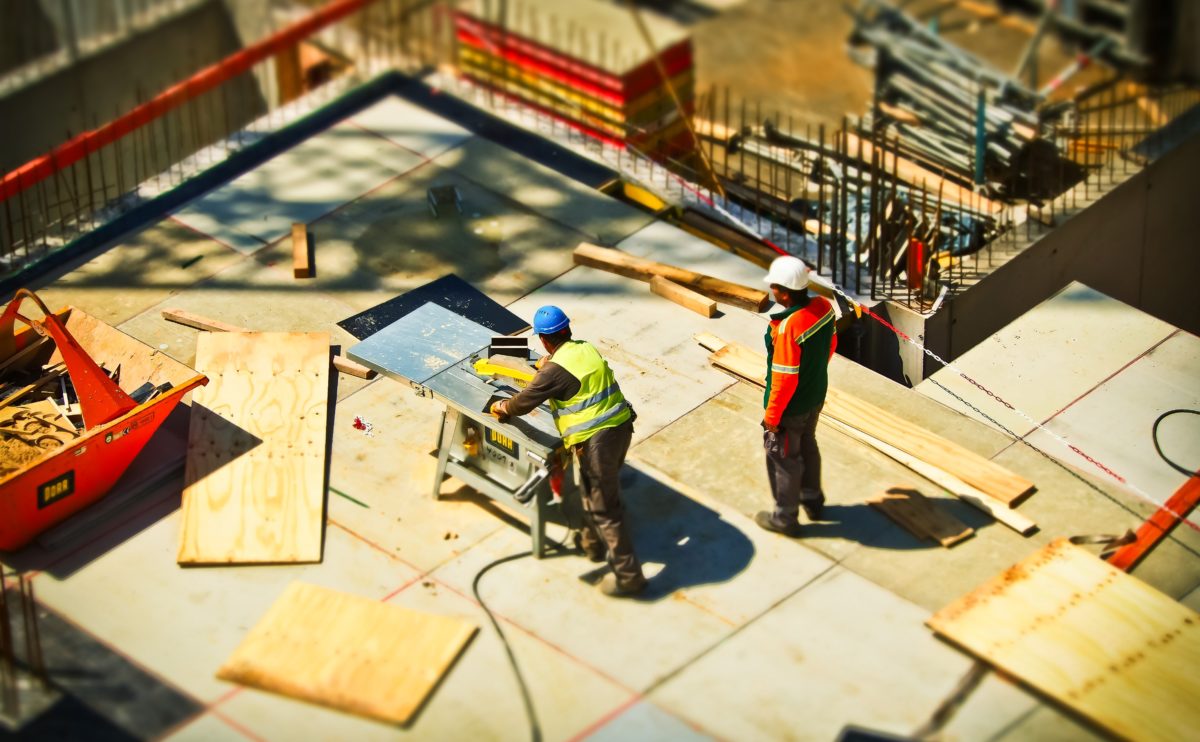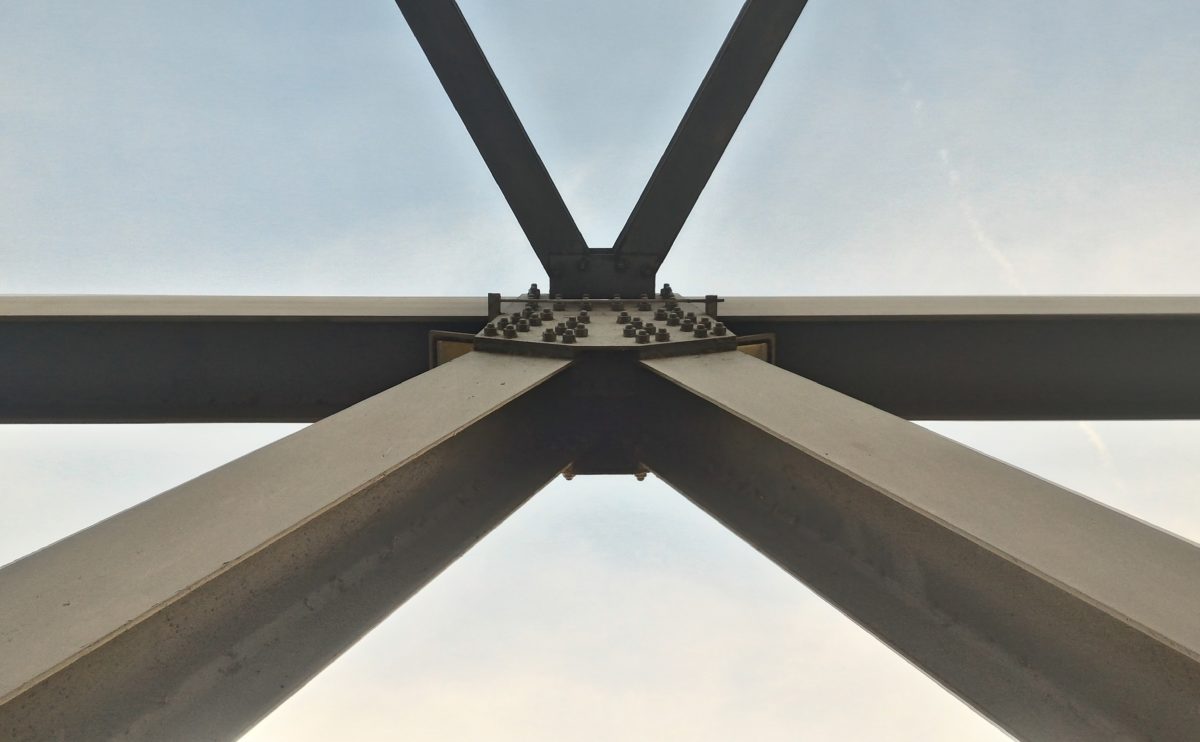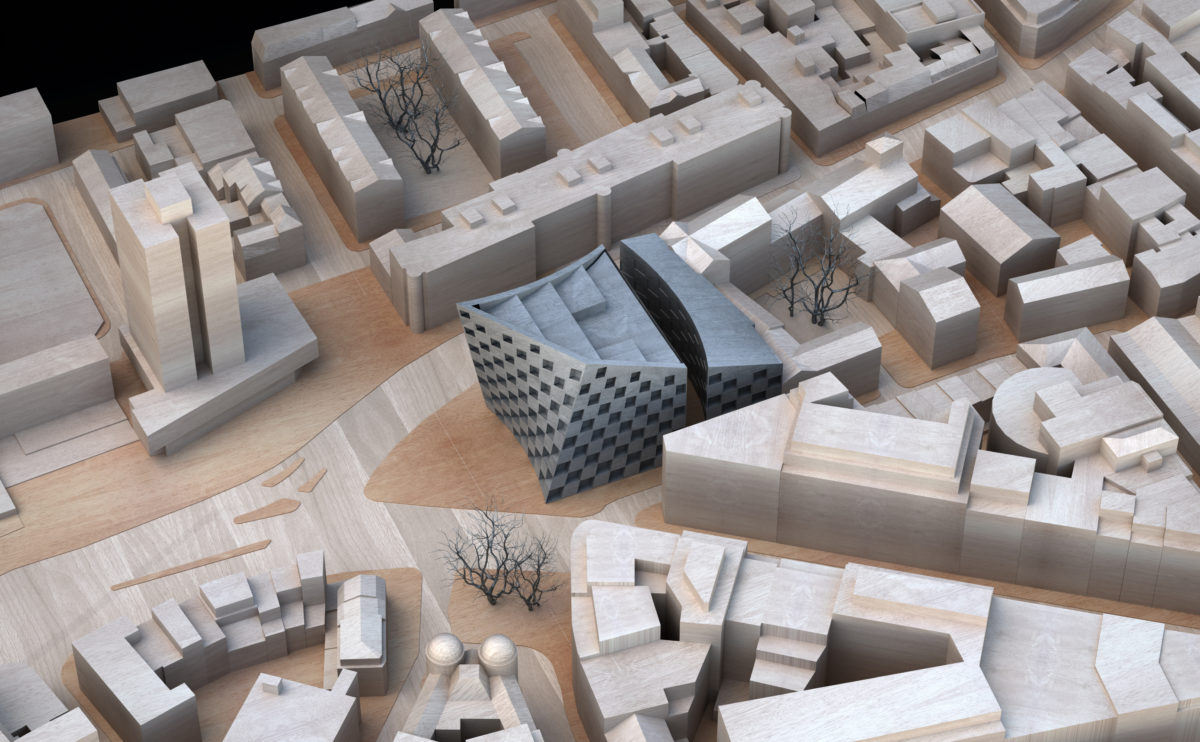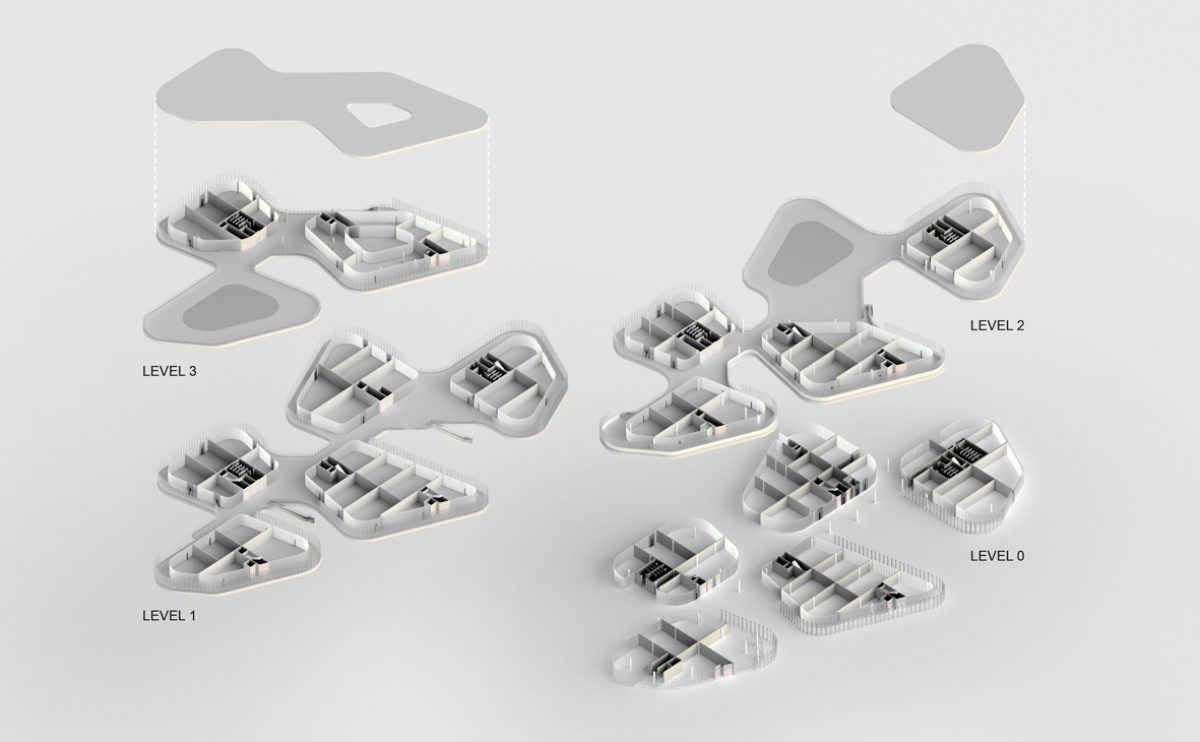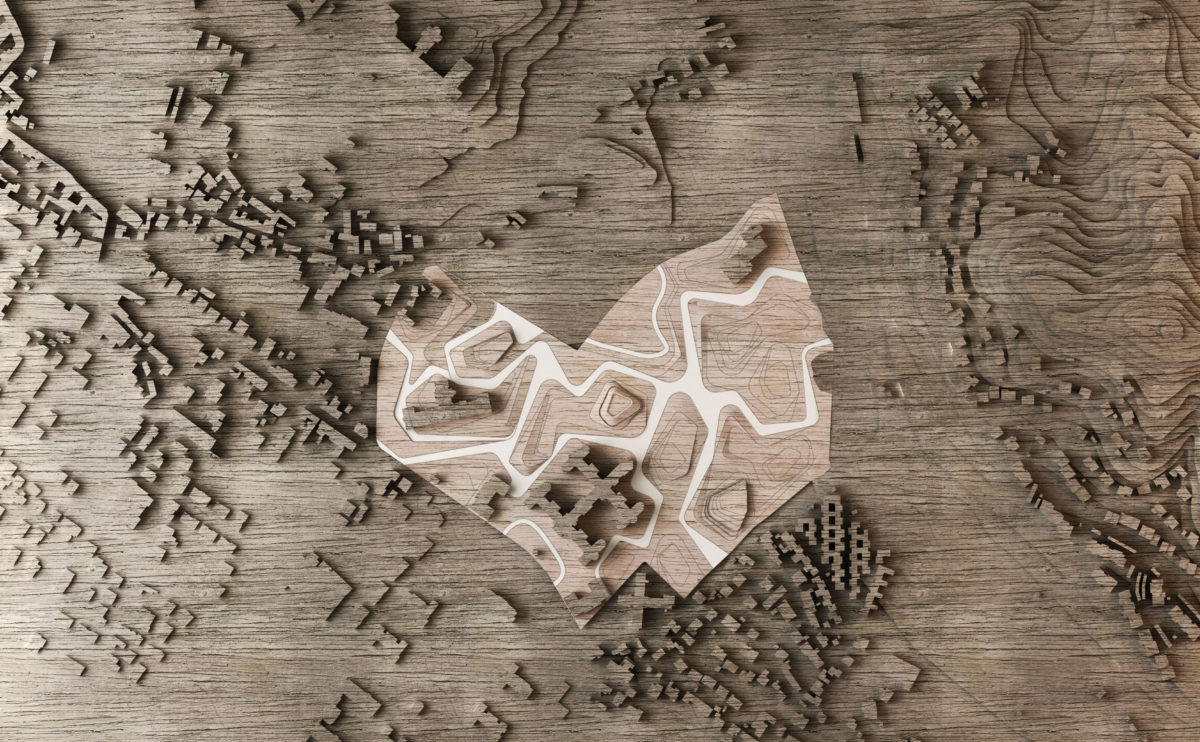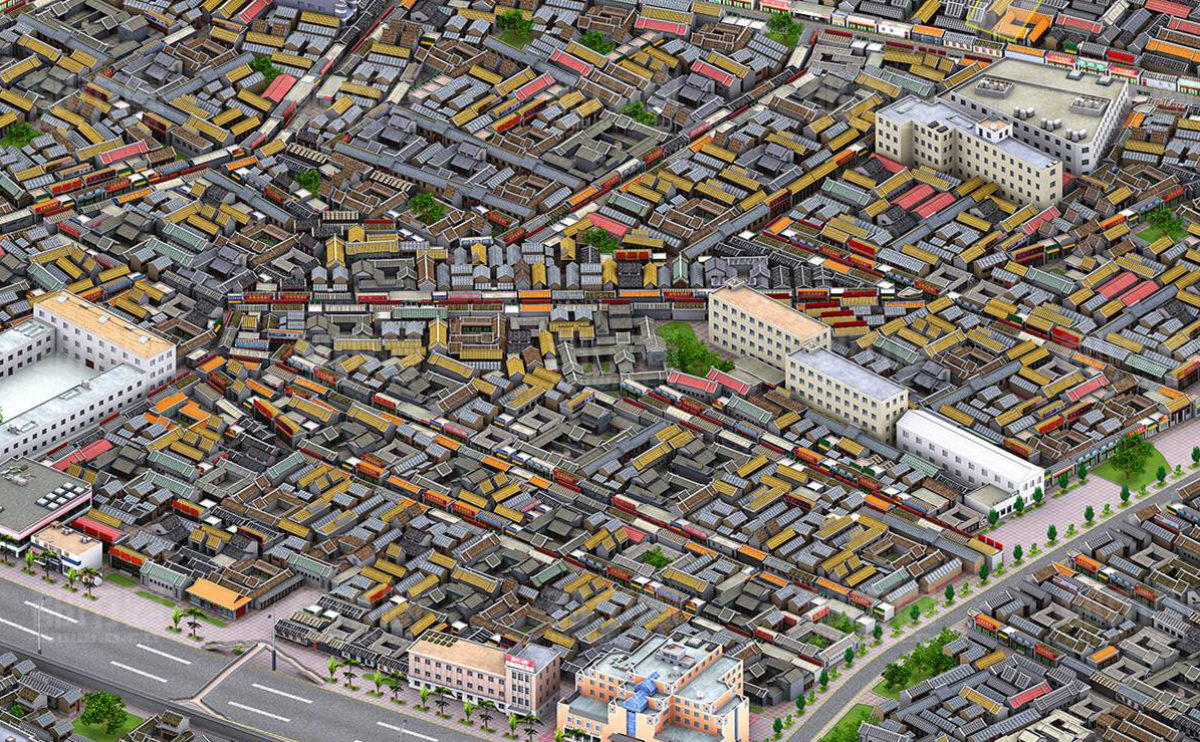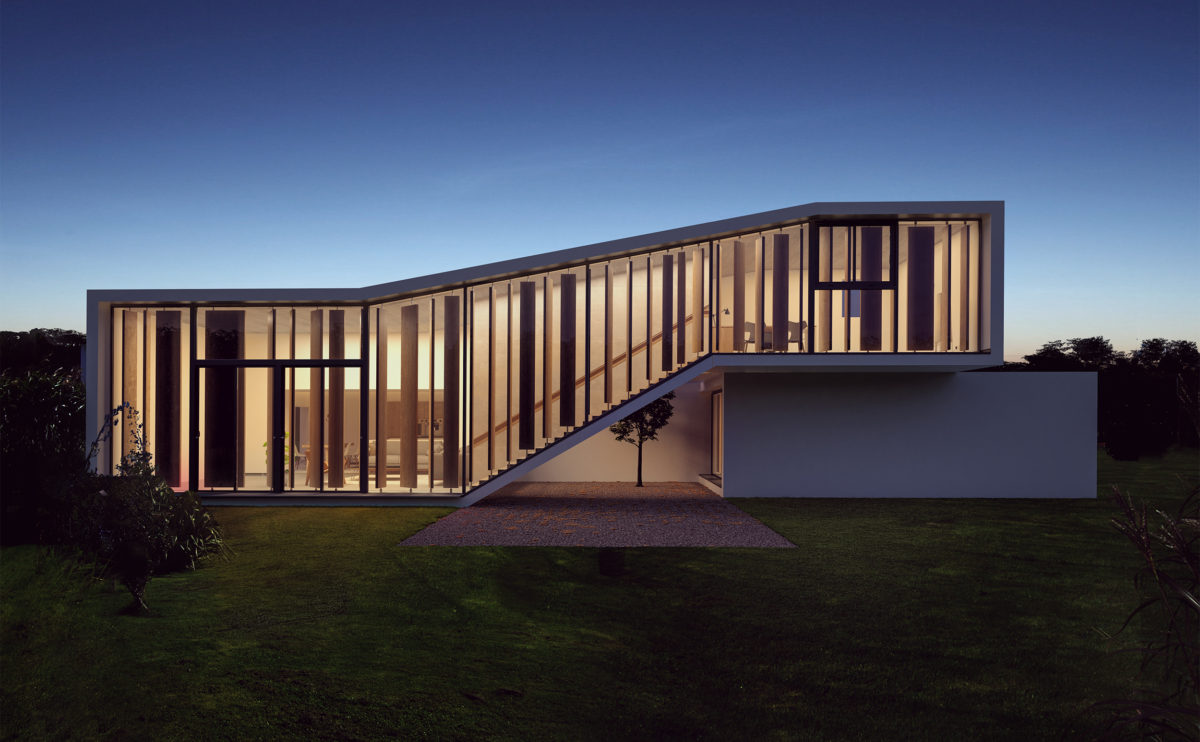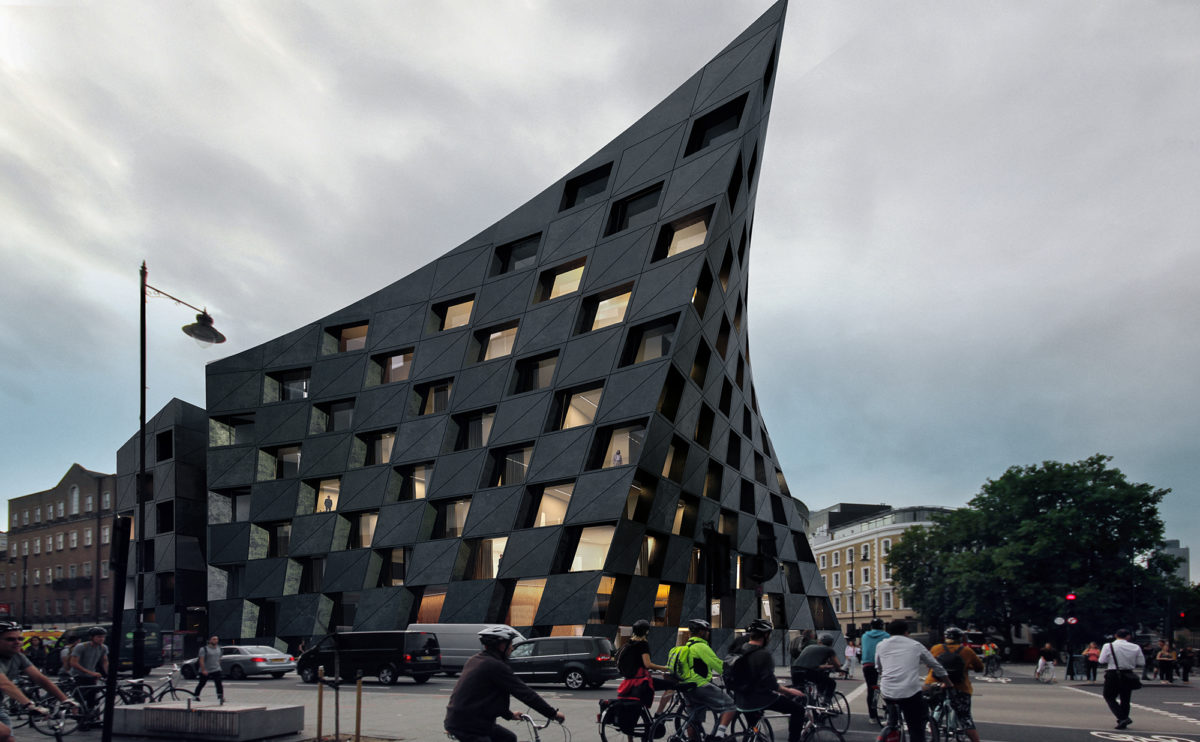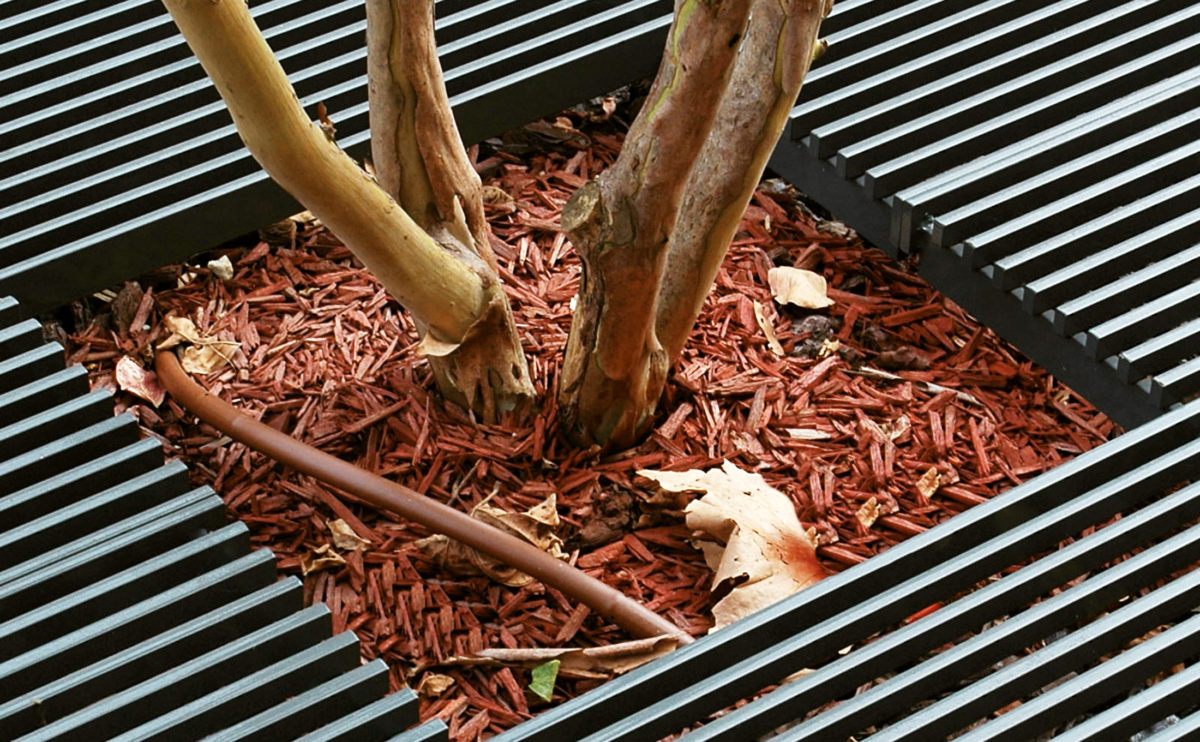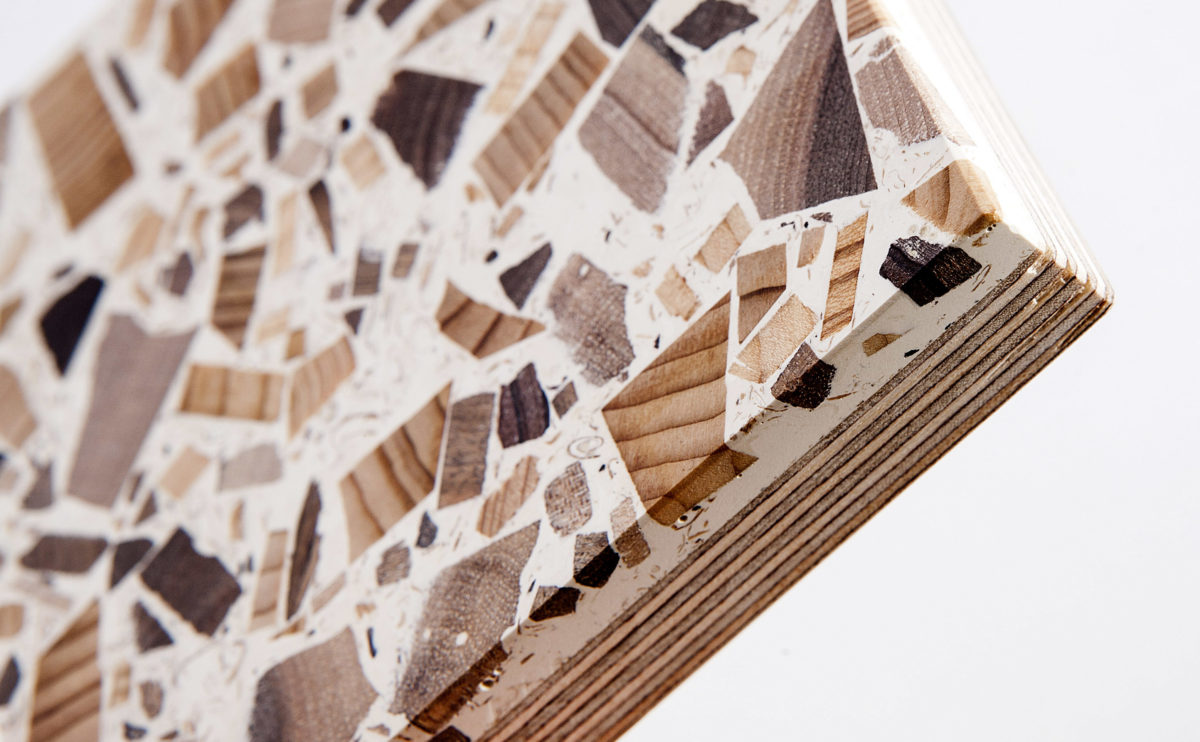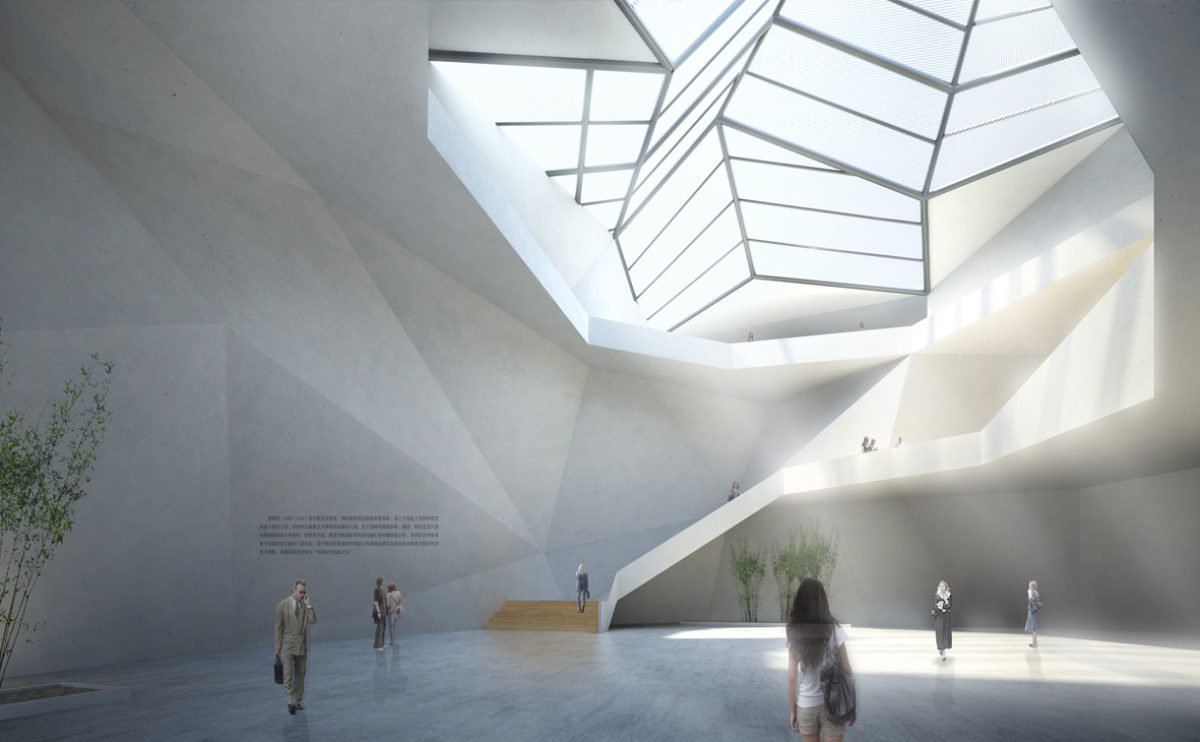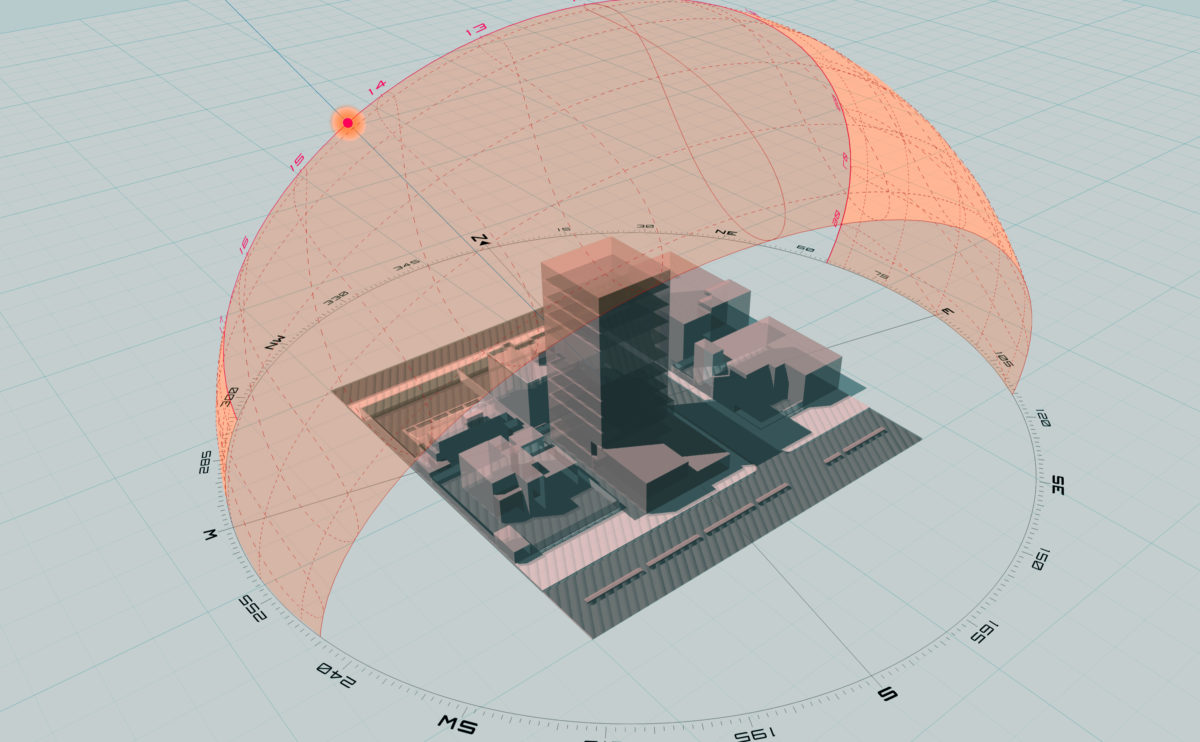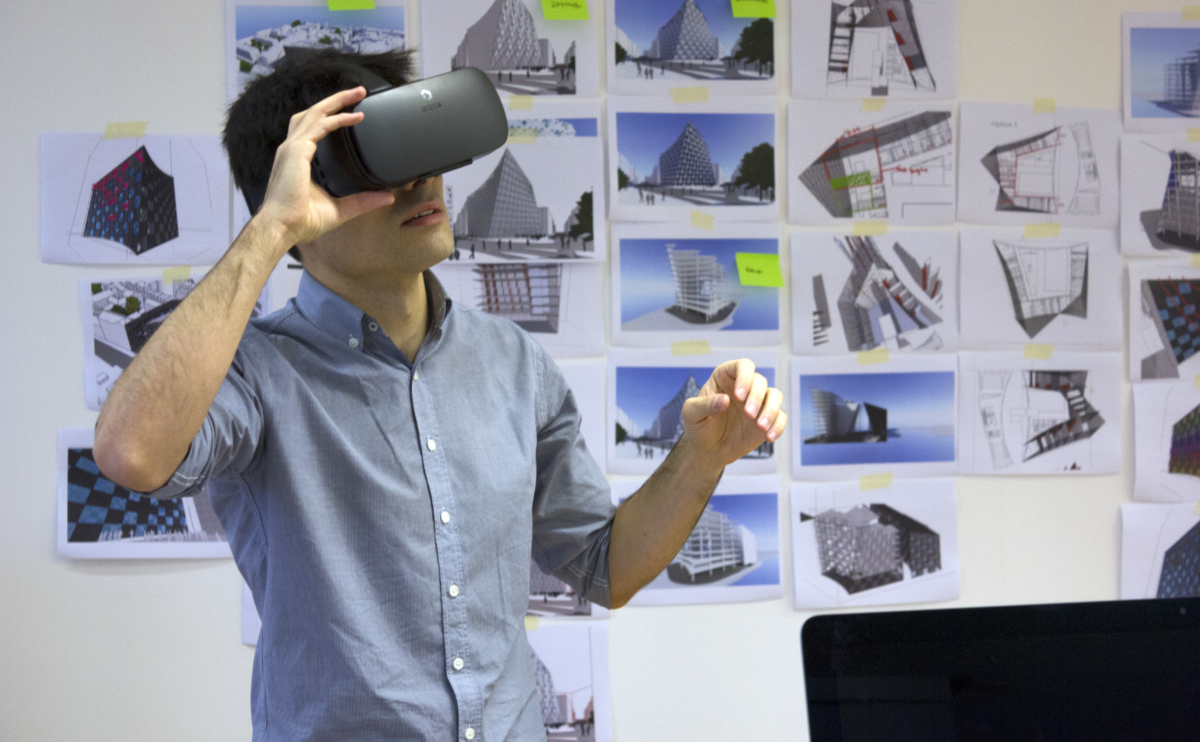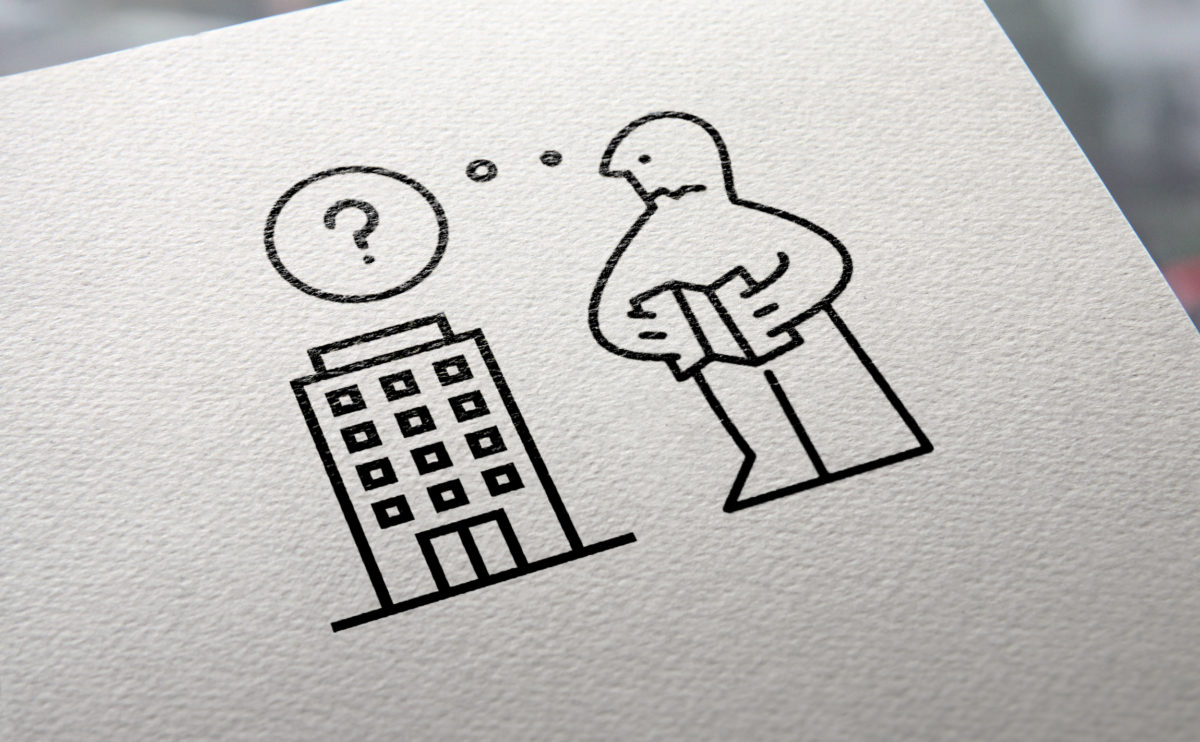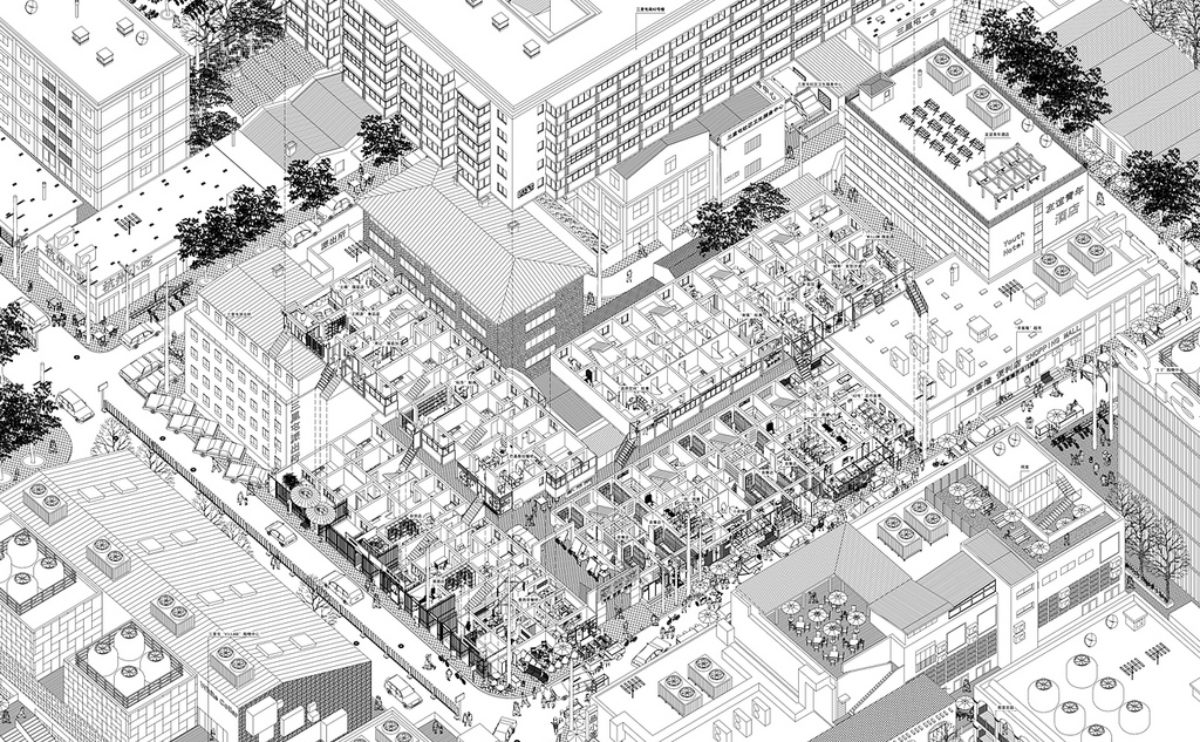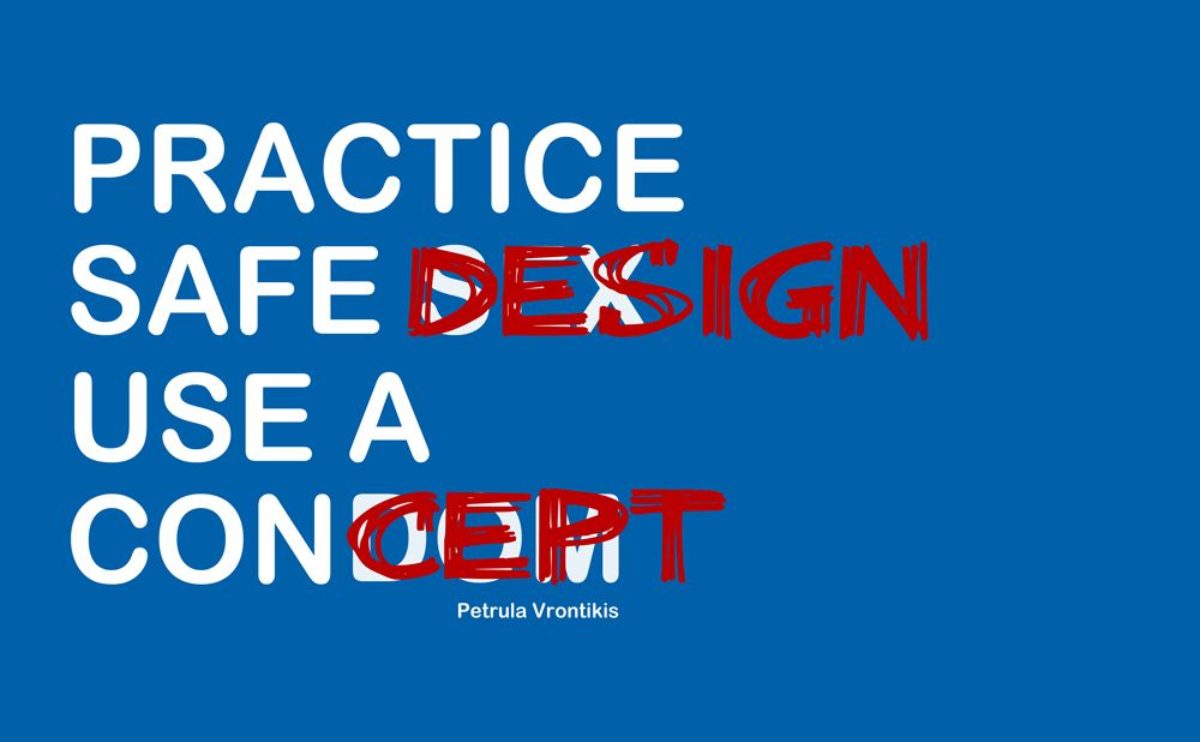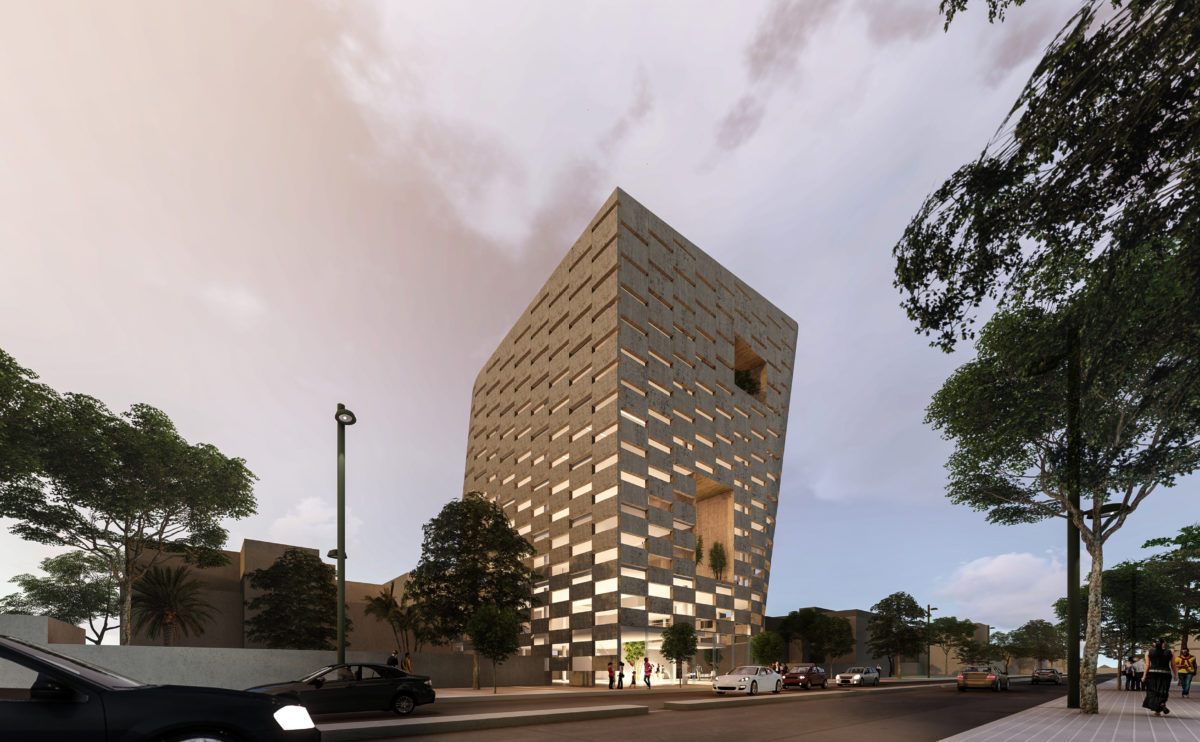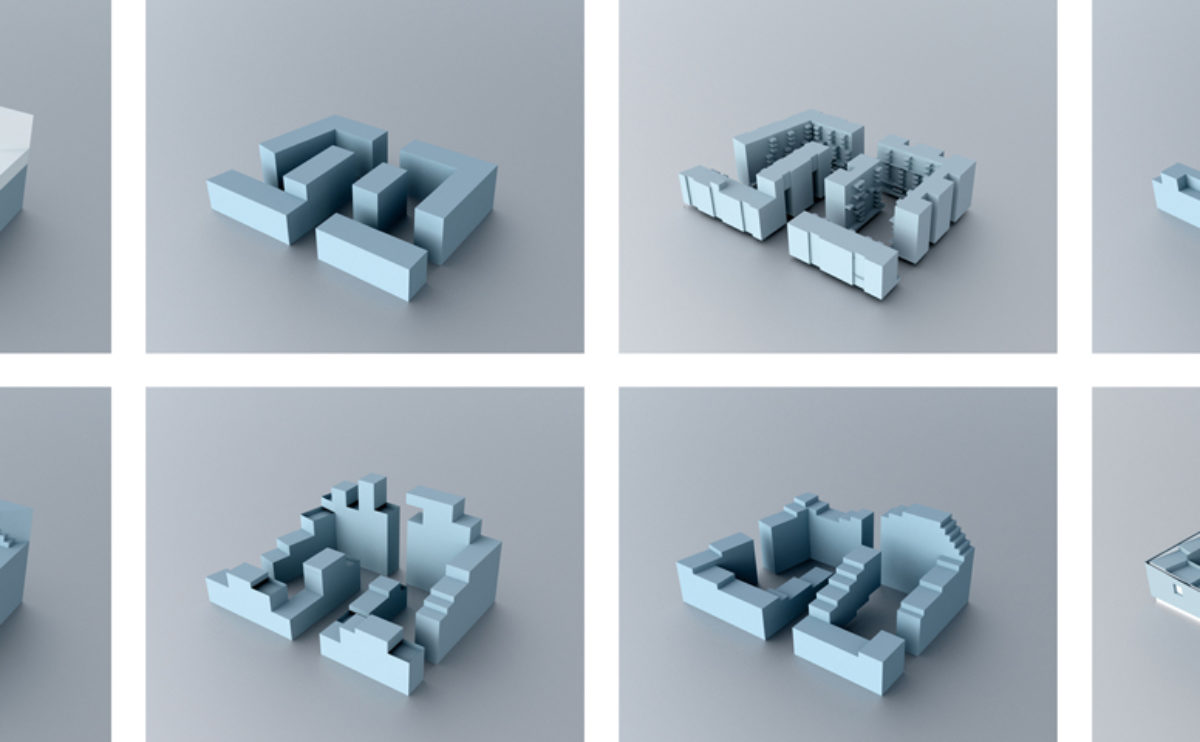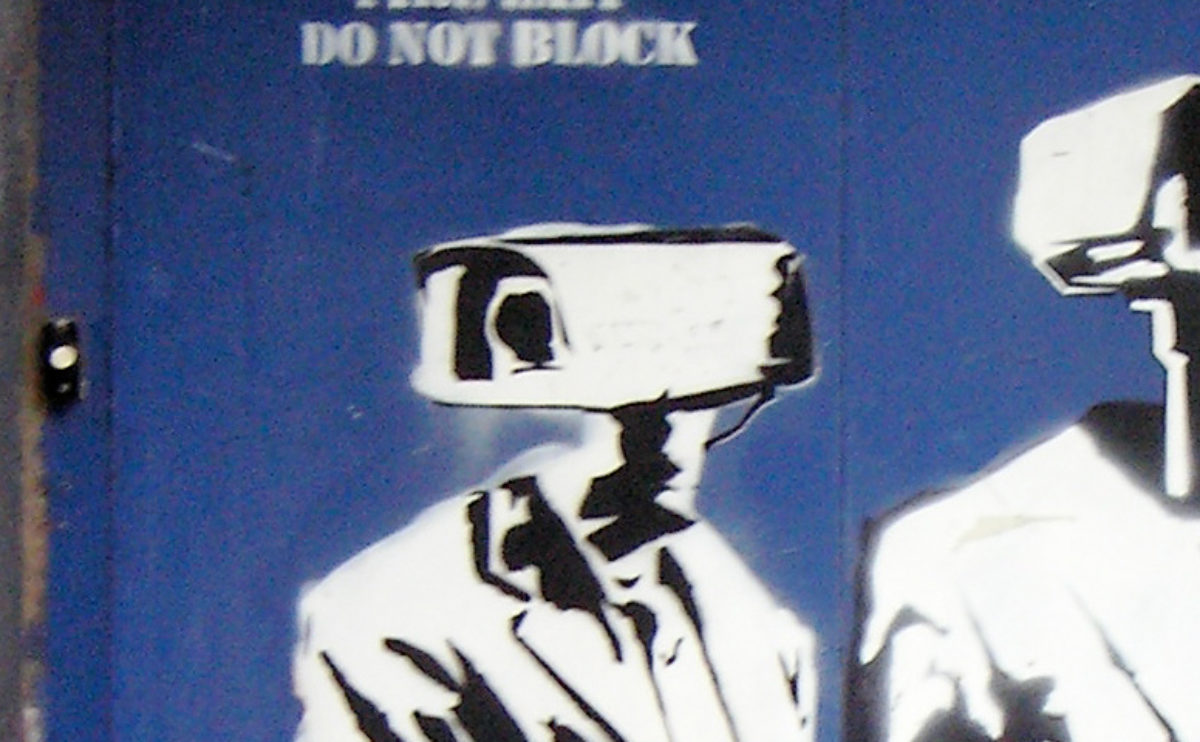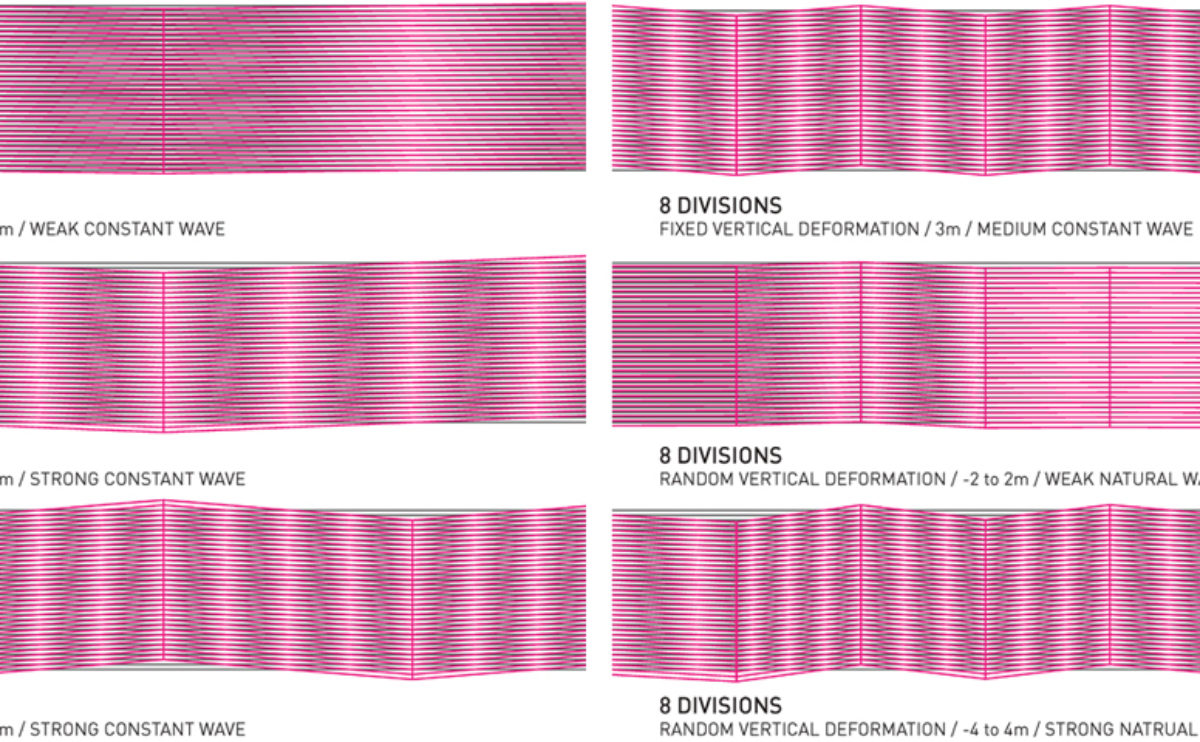Think pieces, reviews and research articles about architecture.
Find out current trends and editorials from our team of architects and designers.
why choosing colours is harder than it looks
Colours are all around us, and they have a powerful psychological effect on our emotions and behaviours. But what is colour, why do we see it the way we do and how colourful architecture can impact our actions and emotions?
communicating design with 3D prints
Architecture starts with an idea. It is the communication of a vision into a concrete form. Translating this concept into 2D visual presentations has always been the norm. With the advent of 3D printing, the interpretation of an idea into a tangible physical model is now garnering attention.
GFRC, the lightweight concrete
Composite materials are on a strong upsurge as demands in the construction industry rise up. Wood and plastic are pressed and moulded together in compression. Steel rebars are embedded in a concrete matrix to form a rigid reinforced material. As technology advances, so does the building material.
defining structural systems: concrete vs steel
The structural framework is the spine of a building. Therefore, caution against the choice of material should be carefully exercised. Concrete and steel, or reinforced concrete, delivers a rigid structural system when combined.
the significant value of design in real estate
Good design might be treated as a qualitative aspect at first, but when incorporated into the real estate market, it opens a whole realm of possibilities in the quantitative aspects. Studies show that the integration of design in real estate development indeed reaps its rewards in the financial terms if appropriately used.
designing with big data
Data is almost inclusive in everything that we do. Statistics show that 90% of it alone came from the last years. Climate sensors, credit swiping, social media updates, emails, digital portfolios, online transactions, actuated louvres and GPS location trackers – from physical to virtual world, we generate information.
interdisciplinary is not multidisciplinary
We proactively seek solutions using an interdisciplinary approach because we believe architecture is not only about the design itself. It is the confluence of diverse fields together to create an optimisation of function, aesthetics and structural integrity. It is about delivering solutions that cater to different variables.
precast concrete advantages
Back in the ancient times, Romans pioneered and extended the use of precast concrete, but this architectural and engineering feat in building technology is far from over. Advanced innovations in precast concrete paved the way for faster design and construction timeline.
sustainable natural ventilation
Sustainable design is not complete without natural ventilation. Rather than using mechanical means, fresh air is supplied into the indoor spaces and removed through a differential in temperature and wind forces. Natural ventilation aids in the cooling loads of the building’s total energy use and has an overall impact on the return on investment.
hotel lobby, the new social space
Gone are the days when the lobby is just a transition from the outside realm to the guestroom. Halls are now the social hub – the heart and epicentre of a hotel. Guests are savvier, more informed and crave for something more substantial than the comfort their clean guest rooms can give. Travellers steer away […]
architecture for the shared economy
The upsurge of technology started to change the way people live drastically. No longer are people conforming to the conventional thinking. Disruptors in the market sprout everywhere to give fast responses to the reinvention of the community.
the value of unconventional thought
The word innovation has been tossed around back and forth for decades, and the real essence of it has been muddled. Times change, and so do we. Survival is a basic human necessity. We need to adapt to survive. What works perfectly in the past may not work in the present, and even in the […]
net-zero waste in construction
Landfills are filling up incessantly, and the construction sector is accountable for 40% of the waste. The waste generated in the life-cycle of a building accounts not only from the construction itself but more so on the phases of design, operation and demolition.
analysing the customer journey
Circulation in public buildings is a critical factor to consider in the design process. Flow becomes the emblem of the building’s concept and even shapes its form. In simplistic terms, it is how people move and interact with space.
the illusion of weightless architecture
High-tech advancements in structural engineering give birth to the reality of intricate architectural designs. Building typologies now exceed what was once compromised because of traditional methods. The advent of Information Age will continuously break ground for the optimisation of structural systems. As innovations surge, the potential for growth in the industry provides more opportunities.
architecture without context
Contextualism in architecture refers to the visual relationship of a building about its surroundings. Architecture is the single unit interwoven into an urban fabric. Added collectively, these interconnected units engage a dialogue concerning the culture, time and history of a place. Contextualism creates an environment where memories of a place are collected together.
what is organic architecture?
Horizontal volumes of cantilever combined with an inside steady stream of a waterfall – there is no better example of the harmony between nature and architecture than Frank Lloyd Wright’s famous Fallingwater House.
the controversy of flat roofs
The building’s roof is not just a dispensable component in construction. It is a distinctive element with a rich history of typology.
starchitecture and cityscape
The world’s increasing urban population signifies that the inhabitants’ penchant for rural areas has surpassed. The rural population started to decrease since the 1950s. Urban areas are now becoming dense and compacted in character as people from all walks of life move in. Mass migrations require a plethora of housing and economic opportunities for the […]
key elements of the contemporary urban language
Historical partisans list homogeneity as the primary consideration in urban conservation criteria. Architecture and urban planning, in relation to the human context, is not static, it is always changing and evolving as it grows.
the value of psychology on architecture
Design is not all about creativity. As much art as it is, architecture can also be also based on scientific values. Studies show that much of the buildings that instigate the highest impact on emotions interconnect architecture and psychology.
acoustical design in auditoriums
The high sonic quality of the classical amphitheatres provided the basic acoustic principles of contemporary auditoriums. As technology improves, certain acoustic design principles are augmented. For example, the geometry of the stepped stalls can now be retracted and lifted using air castor technology.
reinterpreting the traditional courtyard house
The idea of creating an inner space open to the sky blends a haven of nature and architecture. We understand the need to immerse deeply in a natural environment while being protected at your shelter and in fact, we have rediscovered the beauty and functionality of this typology in numerous projects.
parametric design challenges
Long gone are the traditional boxy building forms. With advanced computer algorithms in place, what was once unattainable is now made possible. Complex geometrical building patterns such as curvatures or hyperbolic paraboloid shells are now becoming the norm.
building products for sustainable design
As architects, we have a social responsibility to promote environmental equality. To fight climate change, we need to cut back on energy consumption costs for buildings. We start by designing for sustainability.
nature in architecture: choosing the right tree
The integration of nature and architecture has proven to be extremely vital in preserving the ecological system and improving the quality of life of its occupants. A symbiotic relationship between the two entails landscape designers and architects to design with nature’s evolving patterns.
using authentic eco-friendly building products
Advanced technologies in materials engineering continuously pave the way for the manufacturing of synthetic materials. Building typologies which once exhibited natural and organic surface materials are now replaced with composites, plastics and resins. However, specifications on the form, particularly on the façade itself, channel directly into its users the perception, character and function of the […]
architecture against noise
Among all comfort indicators to take into account when designing a space, the impact of noise is usually overlooked. Exposure to more than the recommended noise level can end up having adverse effects on a person’s psychological and physiological health.
quality control systems
Our commitment to quality is part of the effort to provide the best assistance to our clients. All our services comply with the ISO 9001 quality control standards. This is an internationally recognised system consisting of a set of policies and procedures including a strong customer focus, the motivation and implication of top management, the […]
everything under the sun
Sun studies help us understand not only the behaviour of light over time and its interaction with architecture. This type of approach is essential regardless of the geographical location of the building, not just regarding energy efficiency. The experience of users and their perception of space is determined by the way daylight interacts with the […]
efficient construction documentation
The days of manual drafting are history, and the contemporary era is all about generating the best designs with the latest tools. With new ventures in architectural software’s, coordination between different teams has become simpler. We’ve come miles from the time when a simple CAD drawing had to go through several hoops just for us […]
how to use your building
Like any other commodity product, buildings are operated, and they function better and last longer if their users understand them correctly. The building owner’s manual contains the information required for the operation, maintenance, transformation and even demolition of a building.
the philosophy of experimental design
Markets work in a simple manner: we design and build products that satisfy the demands of our society. In this age defined by the access to information, users are more aware of what they need and they want. Sustainability, flexibility and creation of value are common requests in any architectural brief these days. Experimentation is […]
time spent on project development: a future-proof investment
Time and design are both mutually exclusive terms that are often drifted apart in the fast-paced landscape of today’s architecture industry. It’s a question related to the technological revolution, and the impact of such quickly derived outcomes is setting unexpectedly high expectations from clients.
conservation and urban diversity
Cityscapes are the result of the architectural and urbanistic developments of previous times. With their virtues and flaws, they’re a permanent part of each city’s history. Destruction and construction lead to an ever-existent urban diversity. And each time this fact has been ignored, the city and its inhabitants have suffered the consequences.
architecture for millennials
Millenials are constantly redefining concepts that have always been taken for granted. They are known for finding new ways of socialising, working and even defining their relationships. The way they live and interact with the built environment is not an exception.
China’s construction: designing the future
China’s construction industry has been a driving force in the nation’s economy since the early 80s. The country is experiencing an unprecedented exodus of population from rural areas to cities. The urban population has increased half a billion since 1980 and 300 million people are expected to live in cities by 2030. Shanghai and Beijing […]
the power of a concept
Architecture can simply be defined as a form of an art. It requires the combination of both technical and aesthetic approaches. Property developers require the assistance of an architect, who can figure out the perfect balance in between these two factors. An architectural concept is an abstract or generative idea around which the project will […]
BIM: Building Information Modelling
Parametric modelling (or parametric design) is the creation of a digital model based on a series of pre-programmed rules or algorithms known as ‘parameters’. That is, the model or its elements are generated automatically by internal logical arguments instead of manually manipulated. Normally, parametric rules create relationships between different design elements. In this way, a […]
social club completed in Tabuyo
The works for the interior design of this social club in Tabuyo have been recently completed. Characterized by simple materials and indirect lighting, this project comprises a multipurpose room, a dining room, storage, and toilets.
the process
Because of its humanistic and artistic character, there are no consistent procedures in Architecture. If we consider this art and science of designing a discipline for the modification of space we occupy, then the aims of Architecture are to bring together forms and uses that will be, like humans, unstable. We could say that everything […]
urbanization process in China
It is not easy to see the sky in Beijing. Sometimes because of the storms, sometimes because of the fog and most of the times because of the tangible pollution surrounding the city the atmosphere becomes a ghostly mass in which the buildings are merely glimpsed. At night the stars cannot be seen, only flashing […]
the blink
A 1993 study by the American social psychologists Nalini Ambady and Robert Rosenthal considered in what way less information would affect the accuracy of predicting teacher evaluation by college students. The study shows that the information conveyed in a glimpse can be just as important as the information gathered over a much longer period. This […]
wavescape
The old ambition of producing a really moving architecture succeeds when it responds to the site and brief requirements. The proposal for the thematic pavilion of the 2012 Yeosu international exhibition has a focus for the people to experience and understand this liquid element through the specific place in which it is located: the ocean.
city roots
From the time London opened the first subway system in the mid-eighteenth century, the subterranean has become the place to locate the infrastructures that the traditional city wasn’t able to accommodate on the surface. The increasing density above ground level results in a system of voids underneath that includes sewage and water supply systems, electric […]
right size
Although architecture encompasses many different sizes, scales and proportions always conform to a size that is invariably that of the people. The size of a project determines the approach and the abstraction capacity necessary to resolve it. Therefore an increase in scale means a discipline change, as with architecture and town planning.
wiki architecture
Architecture is nearly always the solution of a complex problem, an equation with many variables and which can be resolved in more than one way. It needs to address the programme, the site conditions, be formally expressed and have technical solutions that allow building it, but it must also have an intention or contain an […]
plug and play
Soria is a small city in north-central Spain. The city was founded in the 4th century BC in the banks of the Duero River. At that time the location along the watercourse was strategic for defence, however, now the valley is not a priority in the city’s development. Several historical buildings are located along the […]
contemporary city limit
Possibly the first idea of a limit in the historic city was defined by its own walls, which were systematically exceeded and rebuilt to maintain a defensive system. When traditional space evolves and becomes overgrown, urbanism emerges as a discipline, the city is transformed and its limit transforms with it. The increase in population and […]
